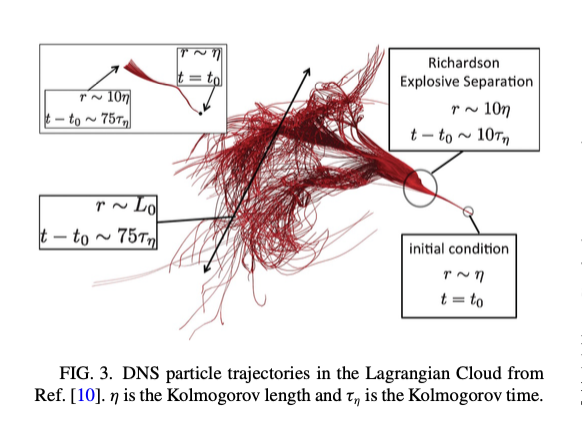2025-07-09 パシフィック・ノースウェスト国立研究所 (PNNL)
<関連情報>
- https://www.pnnl.gov/publications/spatial-heterogeneity-clouds-impacts-rain-initiation-global-models
- https://agupubs.onlinelibrary.wiley.com/doi/10.1029/2024MS004280
低層暖雲の大規模渦シミュレーションアンサンブルを用いたE3SMv2における自己変換表現の評価 Evaluation of Autoconversion Representation in E3SMv2 Using an Ensemble of Large-Eddy Simulations of Low-Level Warm Clouds
Mikhail Ovchinnikov, Po-Lun Ma, Colleen M. Kaul, Kyle G. Pressel, Meng Huang, Jacob Shpund, Shuaiqi Tang
Journal of Advances in Modeling Earth Systems Published: 26 October 2024
DOI:https://doi.org/10.1029/2024MS004280

Abstract
In numerical atmospheric models that treat cloud and rain droplet populations as separate condensate categories, precipitation initiation in warm clouds is often represented by an autoconversion rate (Au), which is the rate of formation of new rain droplets through the collisions of cloud droplets. Being a function of the cloud droplet size distribution (DSD), the local Au is commonly parameterized as a function of DSD moments: cloud droplet number (nc) and mass (qc) concentrations. When applied in a large-scale model, the grid-mean Au must also include a correction, or enhancement factor, to account for the horizontal variability of the cloud properties across the model grid. In this study, we evaluate the Au representation in the Energy Exascale Earth System Model version 2 (E3SMv2) climate model using large-eddy simulations (LES), which explicitly resolve cloud droplet spectra, and therefore the local Au, as well as its spatial variability. The analysis of an ensemble of warm low-level cloud cases shows that the E3SMv2 formulation represents the Au reasonably well compared to the horizontally averaged explicitly computed rate from LES. The agreement, however, comes from a combination of an underestimated E3SM-tuned local Au rate and an overestimated subgrid cloud variability enhancement factor. The latter bias is traced to neglecting the horizontal variability of nc and its co-variability with qc in parameterizing the grid-mean Au.
Key Points
- Formulations of a local autoconversion rate (Au) and its enhancement factor in E3SM are comprehensively evaluated using large-eddy simulations
- A reasonable grid-mean Au in E3SM is produced by an underestimated local rate combined with an overestimated enhancement factor
- Droplet number concentration variability and co-variability with liquid water content must be considered to improve the enhancement factor
Plain Language Summary
When representing clouds in large-scale weather and climate systems, models often compute the rate of formation of rain droplets through cloud droplet collisions as a function of cloud droplet number concentration and liquid water content averaged over the model horizontal grid, typically extending to 10–100 km. This rate, also known as an autoconversion rate, is then multiplied by an enhancement factor that accounts for the non-linearity of that function and the cloud variability at smaller unresolved scales. We assess how well this rain initiation process is captured in the Energy Exascale Earth System Model (E3SM) by utilizing advanced high-resolution cloud simulations that explicitly resolve cloud droplet spectra and spatial variability on scales from few tens of meters to 10 km. Our findings reveal that, while E3SM reasonably represents the overall rain droplet formation rate, it stems from a combination of underestimating the local rate and overestimating the enhancement factor accounting for unresolved subgrid cloud variability. This latter overestimation is traced to neglecting horizontal variability in the cloud droplet number concentration, offering valuable insights for improving the performance of global atmospheric models.



